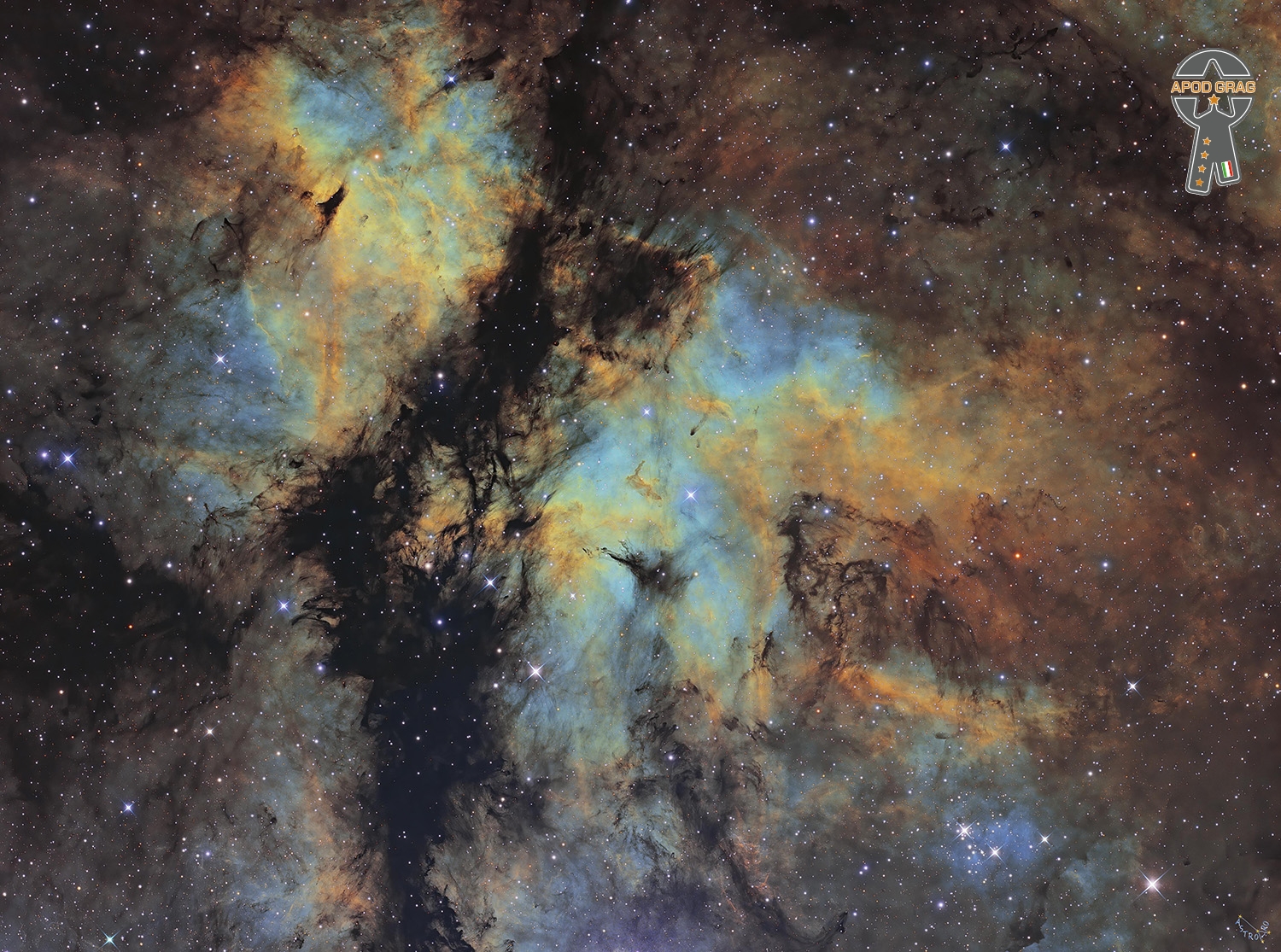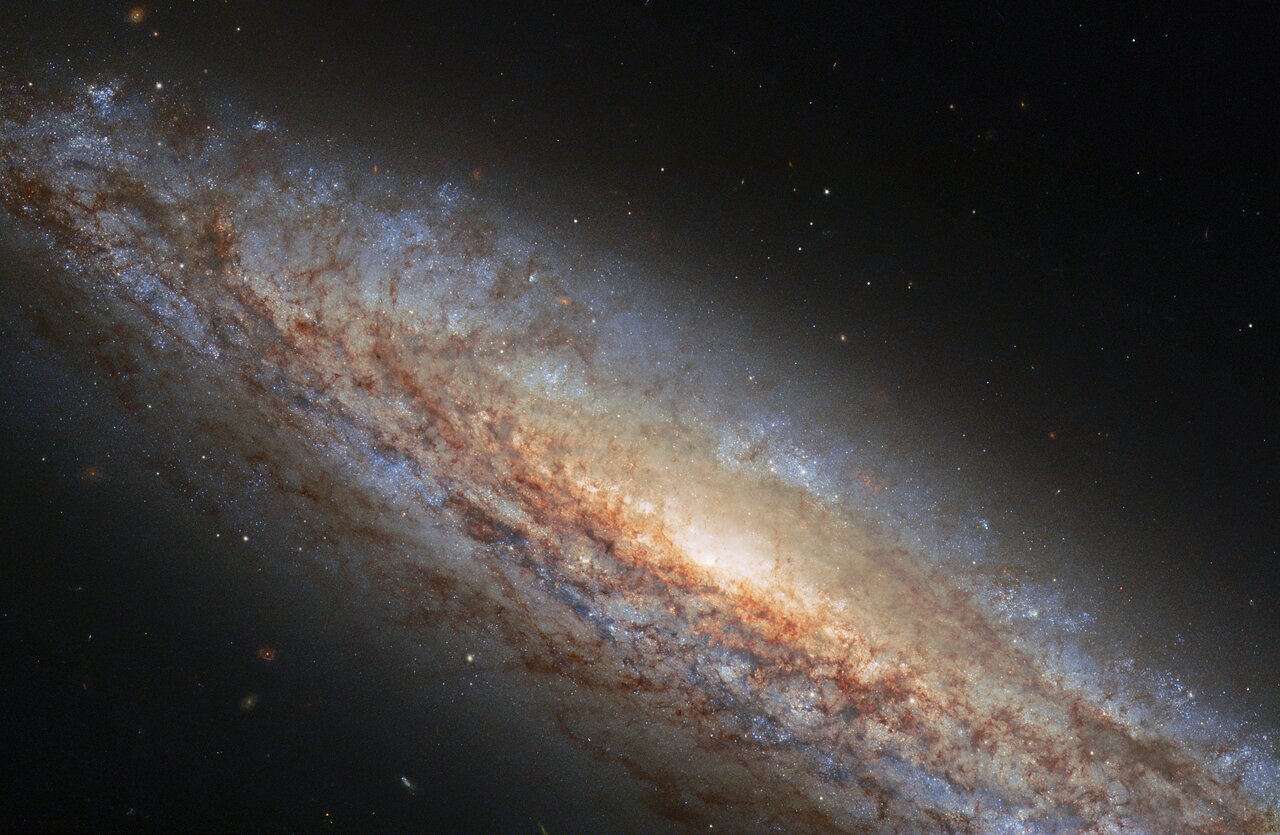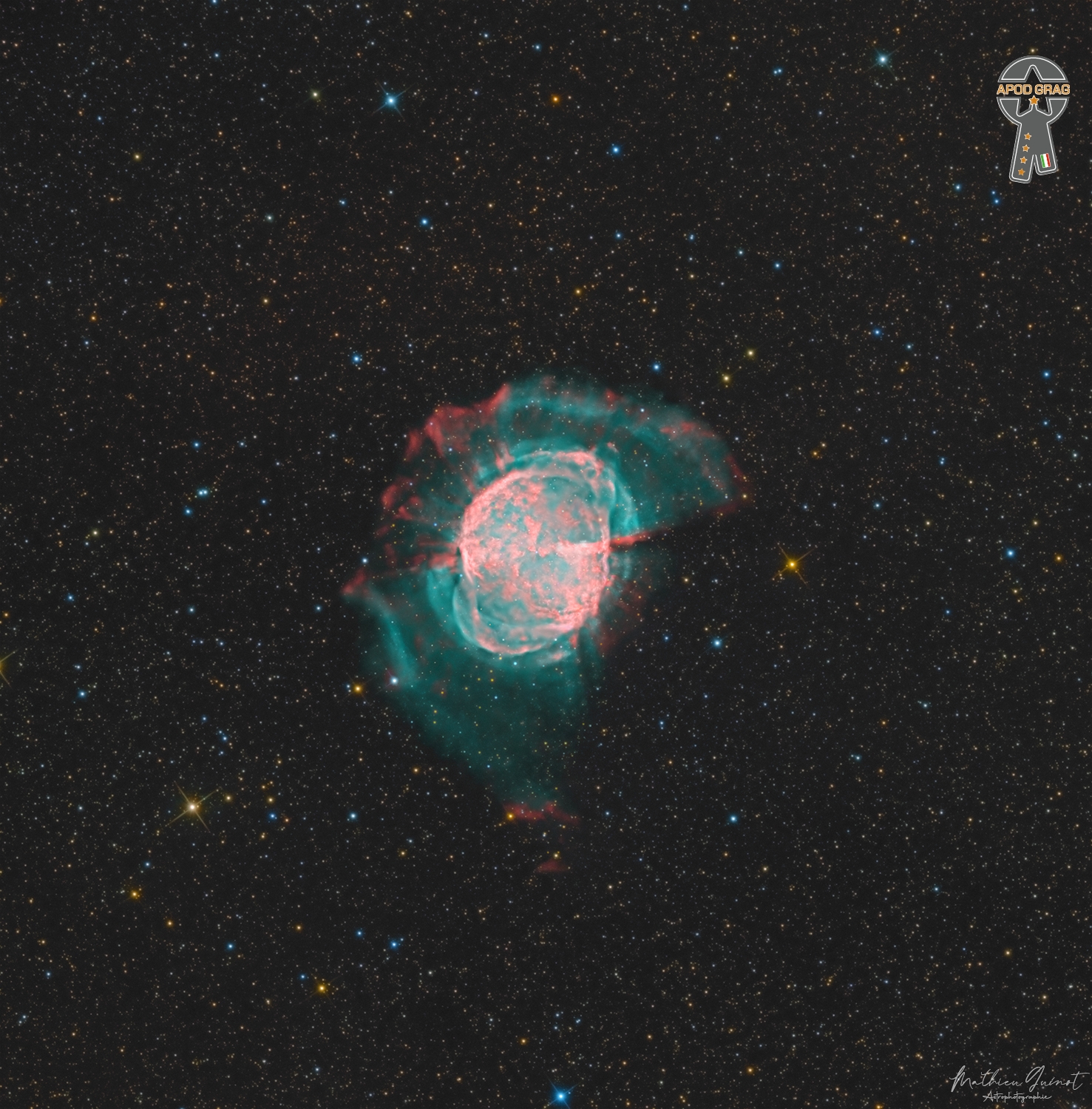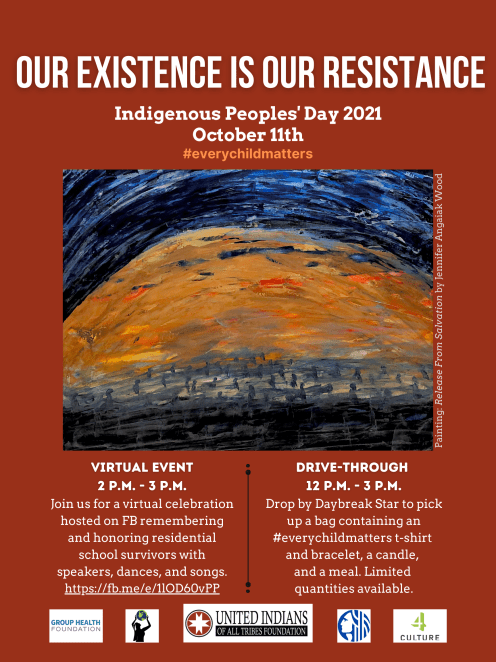Born in 1938, Mr Moloney grew up in a musical family in north County Dublin.A piper, tin whistle player and composer, he formed The Chieftains in 1962. President Higgins said people around the world inspired by Mr Moloney’s music “will have learnt with great sadness” of his passing. He said Mr Maloney’s “extraordinary skills” were at the forefront of the renaissance of interest in Irish music. “He brought a love of Irish music not just to the diaspora, but to all those across the world who heard his music and appreciated it for its own sake as it transcended all musical boundaries,” he said.
The Sadr Region (also known as IC 1318 or the Gamma Cygni Nebula) is the diffuse emission nebula surrounding Sadr (γ Cygni) at the center of Cygnus’s cross. The Sadr Region is one of the surrounding nebulous regions; others include the Butterfly Nebula and the Crescent Nebula. It contains many dark nebulae in addition to the emission diffuse nebulae.
Sadr itself has approximately a magnitude of 2.2. The nebulous regions around the region are also fairly bright

Edward E. Cherry Jr. (October 12, 1954) is an American jazz guitarist and studio musician. Cherry is perhaps best known for his long association with trumpeter Dizzy Gillespie, with whom he performed from 1978 until shortly before Gillespie’s death in 1993. Since that time, he has worked with Paquito D’Rivera, Jon Faddis, John Patton, Hamiet Bluiett, Henry Threadgill, and Paula West. He has recorded a number of albums as a leader.
see full post...Frank Floyd, known as Harmonica Frank (October 11, 1908 – August 7, 1984) was an American blues singer, guitarist and harmonicist.
Frank Floyd was born in Toccopola, Mississippi, the son of itinerant parents who separated without giving him a name, though he is recorded in the 1910 census as Shankles Floyd. He was raised by his sharecropping grandparents, who died while he was a teenager. He taught himself to play harmonica when he was 10 years old, and he eventually learned guitar. He gave himself the name Frank Floyd, and began performing in the 1920s for traveling carnivals and medicine shows.
He learned many types of folk music and became a mimic, effortlessly switching from humorous hillbilly ballads to deep country blues.
With his self-taught harmonica technique, he was a one-man band, able to play the instrument without his hands or the need for a neck brace. While also playing guitar, he perfected a technique of manipulating the harmonica with his mouth while he sang out of the other side. He could also play harmonica with his nose and thus play two harmonicas at once, a skill he shared with blues harp players Walter Horton and Gus Cannon’s partner Noah Lewis.
see full post...Celebrating Indigenous Peoples Day and Healing the Wounds of centuries of Colonial Abuse.
see full post...NGC 4666 takes centre stage in this image from the NASA/ESA Hubble Space Telescope. This majestic spiral galaxy lies about 80 million light-years away in the constellation Virgo, and is undergoing a particularly intense episode of star formation. Astronomers refer to galaxies which are forming stars anomalously quickly as starburst galaxies. NGC 4666’s starburst is thought to be due to gravitational interactions with its unruly neighbours — including the nearby galaxy NGC 4668 and a dwarf galaxy. NGC 4666’s burst of star formation is driving an unusual form of extreme galactic weather known as a superwind — a gigantic transfer of gas from the bright central heart of the galaxy out into space. This superwind is the result of driving winds from short-lived massive stars formed during NGC 4666’s starburst as well as spectacularly energetic supernova explosions. Two such supernova explosions have been seen in NGC 4666 within the last decade — one in 2014 and the other in 2019. The star which led to the 2019 supernova was recently determined to be 19 times as massive as our Sun! At peak, supernovae are often the brightest sources of light in their galaxies, shining so bright that they can be seen clear across the Universe. The 2014 supernova in NGC 4666 is still active in this image, but more than 900 days after it peaked, the supernova has faded from its former glory and looks like just one more star in this busy galaxy. Though the torrent of superheated gas emanating from NGC 4666 is truly vast in scale — extending for tens of thousands of light-years — it is invisible in this image. The superwind’s extremely high temperature makes it stand out as a luminous plume in x-ray or radio observations, but it doesn’t show up at the visible wavelengths imaged by Hubble’s Wide Field Camera 3.

Lester Bowie (October 11, 1941 – November 8, 1999) was an American jazz trumpet player and composer. He was a member of the Association for the Advancement of Creative Musicians and co-founded the Art Ensemble of Chicago.
Born in the historic village of Bartonsville in Frederick County, Maryland, United States, Bowie grew up in St Louis, Missouri. At the age of five he started studying the trumpet with his father, a professional musician. He played with blues musicians such as Little Milton and Albert King, and rhythm and blues stars such as Solomon Burke, Joe Tex, and Rufus Thomas. In 1965, he became Fontella Bass‘s musical director and husband. He was a co-founder of Black Artists Group (BAG) in St Louis.
In 1966, he moved to Chicago, where he worked as a studio musician, and met Muhal Richard Abrams and Roscoe Mitchell and became a member of the AACM. In 1968, he founded the Art Ensemble of Chicago[2] with Mitchell, Joseph Jarman, and Malachi Favors. He remained a member of this group for the rest of his life, and was also a member of Jack DeJohnette‘s New Directions quartet. He lived and worked in Jamaica and Nigeria, and played and recorded with Fela Kuti. Bowie’s onstage appearance, in a white lab coat, with his goatee waxed into two points, was an important part of the Art Ensemble’s stage show.
see full post...Billy Higgins (October 11, 1936 – May 3, 2001) was an American jazz drummer. He played mainly free jazz and hard bop.
Higgins was born in Los Angeles, California, United States. Higgins played on Ornette Coleman‘s first records, beginning in 1958. He then freelanced extensively with hard bop and other post-bop players, including Donald Byrd, Dexter Gordon, Grant Green, Herbie Hancock, Joe Henderson, Don Cherry, Paul Horn, Milt Jackson, Jackie McLean, Pat Metheny, Hank Mobley, Thelonious Monk, Lee Morgan, David Murray, Art Pepper, Sonny Rollins, Mal Waldron, and Cedar Walton. He was one of the house drummers for Blue Note Records and played on dozens of Blue Note albums of the 1960s. He also collaborated with composer La Monte Young and guitarist Sandy Bull.
In his career, he played on over 700 recordings, including recordings of rock and funk. He appeared as a jazz drummer in the 2001 movie, Southlander.
In 1989, Higgins cofounded a cultural center, The World Stage, in Los Angeles to encourage and promote younger jazz musicians. The center provides workshops in performance and writing, as well as concerts and recordings. Higgins also taught in the jazz studies program at the University of California, Los Angeles.
see full post...Arthur Blakey (October 11, 1919 – October 16, 1990) was an American jazz drummer and bandleader. He was briefly known as Abdullah Ibn Buhaina after he converted to Islam for a short time in the late 1940s.
Blakey made a name for himself in the 1940s in the big bands of Fletcher Henderson and Billy Eckstine. He then worked with bebop musicians Thelonious Monk, Charlie Parker, and Dizzy Gillespie. In the mid-1950s, Horace Silver and Blakey formed the Jazz Messengers, a group that the drummer was associated with for the next 35 years. The group was formed as a collective of contemporaries, but over the years the band became known as an incubator for young talent, including Freddie Hubbard, Wayne Shorter, Lee Morgan, Benny Golson, Kenny Dorham, Hank Mobley, Donald Byrd, Jackie McLean, Johnny Griffin, Curtis Fuller, Chuck Mangione, Chick Corea, Keith Jarrett, Cedar Walton, Woody Shaw, Terence Blanchard, and Wynton Marsalis. The Biographical Encyclopedia of Jazz calls the Jazz Messengers “the archetypal hard bop group of the late 50s”.
Blakey was inducted into the Down Beat Jazz Hall of Fame (in 1981), the Grammy Hall of Fame (in 1998 and 2001), and was awarded the Grammy Lifetime Achievement Award in 2005. He was inducted into the Modern Drummer Hall of Fame in 1991.
see full post...Here is the famous M27, the Dumbbell Nebula, which is a planetary nebula located in the constellation Little Fox about 1227 light years old and 3000 to 4000 years old.
The heart of this object is particularly bright and has an apparent diameter that reaches 1/5 that of the Moon. Much less shiny extensions require long hours of poses and deploy around the center dumbbell.
The central star (at the origin of the nebula) has become a very hot (85,000 K) white (blue) dwarf.

Cyril Garrett Neville (born October 10, 1948) is an American percussionist and vocalist who first came to prominence as a member of his brother Art Neville‘s funky New Orleans-based band, The Meters. He joined Art in the Neville Brothers band upon the dissolution of the Meters.
He has appeared on recordings by Bob Dylan, Robbie Robertson, Edie Brickell, Willie Nelson, Dr. John and The New Orleans Social Club among others.
Neville wrote an article for the December 16, 2005 edition of CounterPunch,[1] titled “Why I’m Not Going Back To New Orleans” and was featured in the 2006 documentary film New Orleans Music in Exile. After Hurricane Katrina he moved to Austin, Texas, but as of 2012 lives in Slidell, Louisiana.[citation needed] Soul Rebels Brass Band featured Neville as a special guest on their Rounder Records debut record, Unlock Your Mind, released on January 31, 2012. The Soul Rebels’ name was conceived by Neville at the New Orleans venue Tipitina’s, where the band was opening.
In 2005, Neville joined up with Tab Benoit for the Voice of the Wetlands Allstars to bring awareness to Louisiana’s rapid loss of wetlands along the Gulf Coast. The band also features Waylon Thibodeaux, Johnny Sansone, Anders Osborne, Monk Boudreaux, George Porter, Jr., Johnny Vidacovich, and Dr. John. The band has become a main feature at the annual New Orleans Jazz & Heritage Festival.
In 2010, Neville joined popular New Orleans funk band Galactic. He put aside his solo career to tour internationally with the band.
In 2012, Cyril Neville joined forces with Devon Allman (son of Gregg Allman of The Allman Brothers Band), award-winning blues-rock guitarist Mike Zito, bassist Charlie Wooton, and Grammy-winning drummer Yonrico Scott to form Royal Southern Brotherhood, a blues-rock supergroup.
see full post...John Edward Prine (October 10, 1946 – April 7, 2020) was an American country folk singer-songwriter. He was active as a composer, recording artist, live performer, and occasional actor from the early 1970s until his death. He was known for an often humorous style of original music that has elements of protest and social commentary.
Born and raised in Maywood, Illinois, Prine learned to play the guitar at the age of 14. He attended classes at Chicago’s Old Town School of Folk Music. After serving in West Germany with the U.S. Army, he returned to Chicago in the late 1960s, where he worked as a mailman, writing and singing songs first as a hobby, and then becoming a club performer.
A member of Chicago’s folk revival, Prine credited film critic Roger Ebert and singer-songwriter Kris Kristofferson with discovering him, resulting in the production of Prine’s eponymous debut album with Atlantic Records in 1971. The acclaim earned by this LP led Prine to focus on his musical career, and he recorded three more albums for Atlantic. He then signed with Asylum Records, where he recorded an additional three albums. In 1981, he co-founded Oh Boy Records, an independent record label with which he would release most of his subsequent albums.
Widely cited as one of the most influential songwriters of his generation, Prine was known for humorous lyrics about love, life, and current events, as well as serious songs with social commentary and songs that recollect melancholy tales from his life. In 2020, he received the Grammy Lifetime Achievement Award. In 2009, Bob Dylan told The Huffington Post, “Prine’s stuff is pure Proustian existentialism. Midwestern mindtrips to the nth degree. And he writes beautiful songs. I remember when Kris Kristofferson first brought him on the scene. Sam Stone featuring the wonderfully evocative line: ‘There’s a hole in daddy’s arm where all the money goes, and Jesus Christ died for nothing I suppose.’ All that stuff about ‘Sam Stone’, the soldier junkie daddy, and ‘Donald and Lydia’, where people make love from ten miles away. Nobody but Prine could write like that.
see full post...Julian Clifford Mance, Jr. (October 10, 1928 – January 17, 2021), known as Junior Mance, was an American jazz pianist and composer.
Mance was born in Evanston, Illinois. When he was five years old, Mance started playing piano on an upright in his family’s home in Evanston. His father, Julian, taught Mance to play stride piano and boogie-woogie. With his father’s permission, Mance had his first professional gig in Chicago at the age of ten when his upstairs neighbor, a saxophone player, needed a replacement for a pianist who was ill. Mance was known to his family as “Junior” (to differentiate him from his father), and the nickname stuck with him throughout his professional career.
Mance’s mother encouraged him to study medicine at nearby Northwestern University in Evanston, but agreed to let him attend Roosevelt College in Chicago instead. Despite urging him to enroll in pre-med classes, Mance signed up for music classes, though he found that jazz was forbidden by the faculty, and did not finish out the year.
see full post...Thelonious Sphere Monk (/θəˈloʊniəs/, October 10, 1917 – February 17, 1982 Rocky Mount, NC) was an American jazz pianist and composer. He had a unique improvisational style and made numerous contributions to the standard jazz repertoire, including “‘Round Midnight“, “Blue Monk“, “Straight, No Chaser“, “Ruby, My Dear“, “In Walked Bud“, and “Well, You Needn’t“. Monk is the second-most-recorded jazz composer after Duke Ellington.
Monk’s compositions and improvisations feature dissonances and angular melodic twists and are consistent with his unorthodox approach to the piano, which combined a highly percussive attack with abrupt, dramatic use of switched key releases, silences, and hesitations.
Monk was renowned for a distinct look which included suits, hats, and sunglasses. He was also noted for an idiosyncratic habit during performances: while other musicians continued playing, Monk would stop, stand up, and dance for a few moments before returning to the piano.
Monk is one of five jazz musicians to have been featured on the cover of Time magazine (the others being Louis Armstrong, Dave Brubeck, Duke Ellington and Wynton Marsalis).
see full post...